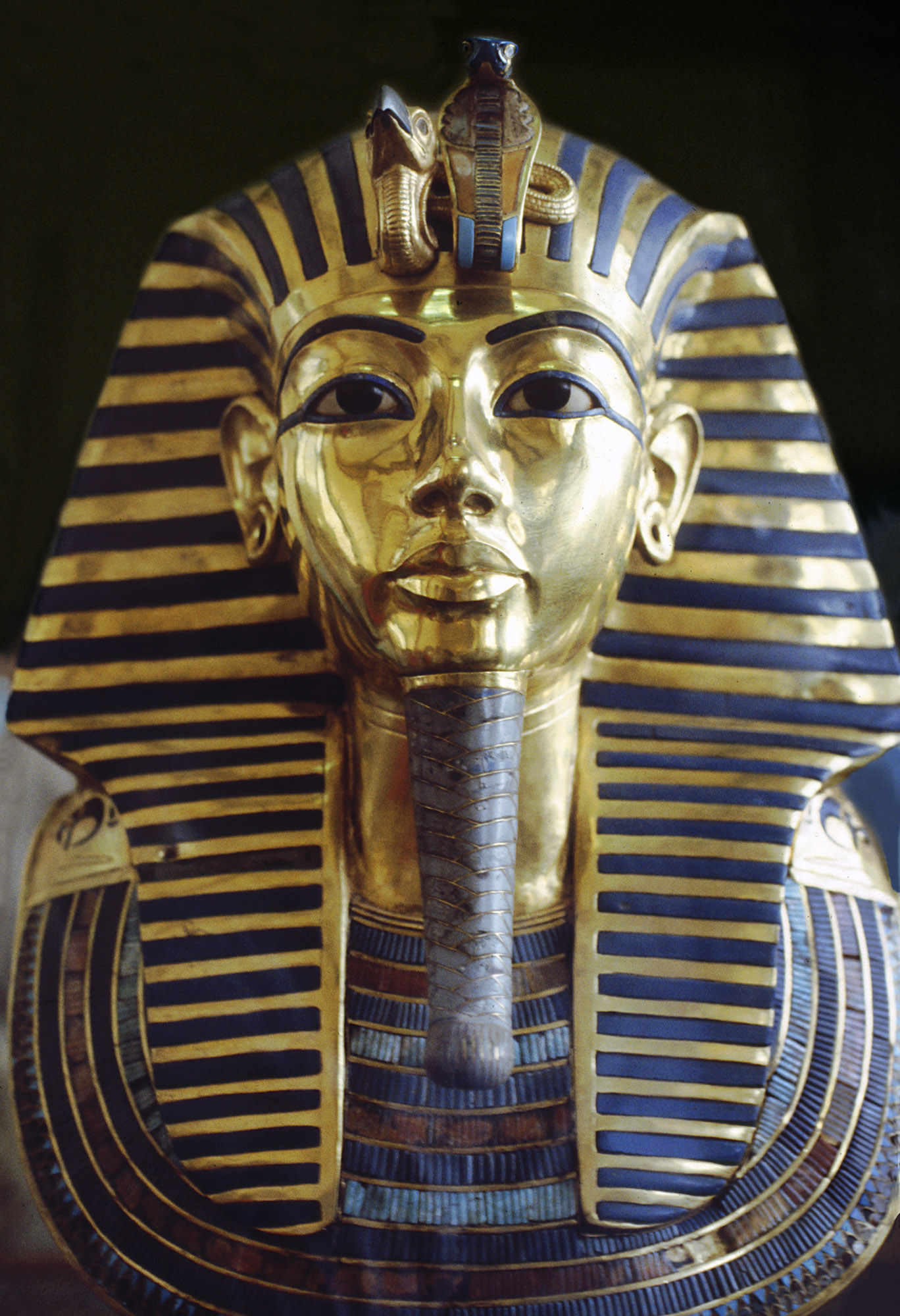

Apple mac system storage serial#
Expansion and networking were achieved using two non-standard RS-422 DE-9 serial ports named "printer" and "modem", which did not support hardware handshaking. The built-in display was a one-bit, black-and-white, 9 in/23 cm CRT with a fixed resolution of 512 × 342 pixels, using the Apple standard of 72 ppi (pixels per inch), a standard that was quickly abandoned once higher resolution screens became available. The majority of 128k machines made after November 1984 have the label "Macintosh 128K" on the back of the case.

īack case of an unaltered original Macintosh (sold January–November 1984). Despite the nominally high clock rate, this caused the computer to run slower than several of its competitors and resulted in an effective clock rate of 6 MHz.
Apple mac system storage code#
Such an arrangement reduced the overall performance of the CPU as much as 35% for most code as the display logic often blocked the CPU's access to RAM. The 68000 and video controller took turns accessing DRAM every four CPU cycles during display of the frame buffer, while the 68000 had unrestricted access to DRAM during vertical and horizontal blanking intervals.

The RAM in the Macintosh consisted of sixteen 64k×1 DRAMs. Unlike the Apple II, no source code listings of the Macintosh system ROMs were offered. The boot procedure and some operating system routines were contained in an additional 64 kB ROM chip. The heart of the computer was a Motorola 68000 microprocessor running at 7.8336 MHz, connected to 128 kB RAM shared by the processor and the display controller.


 0 kommentar(er)
0 kommentar(er)
